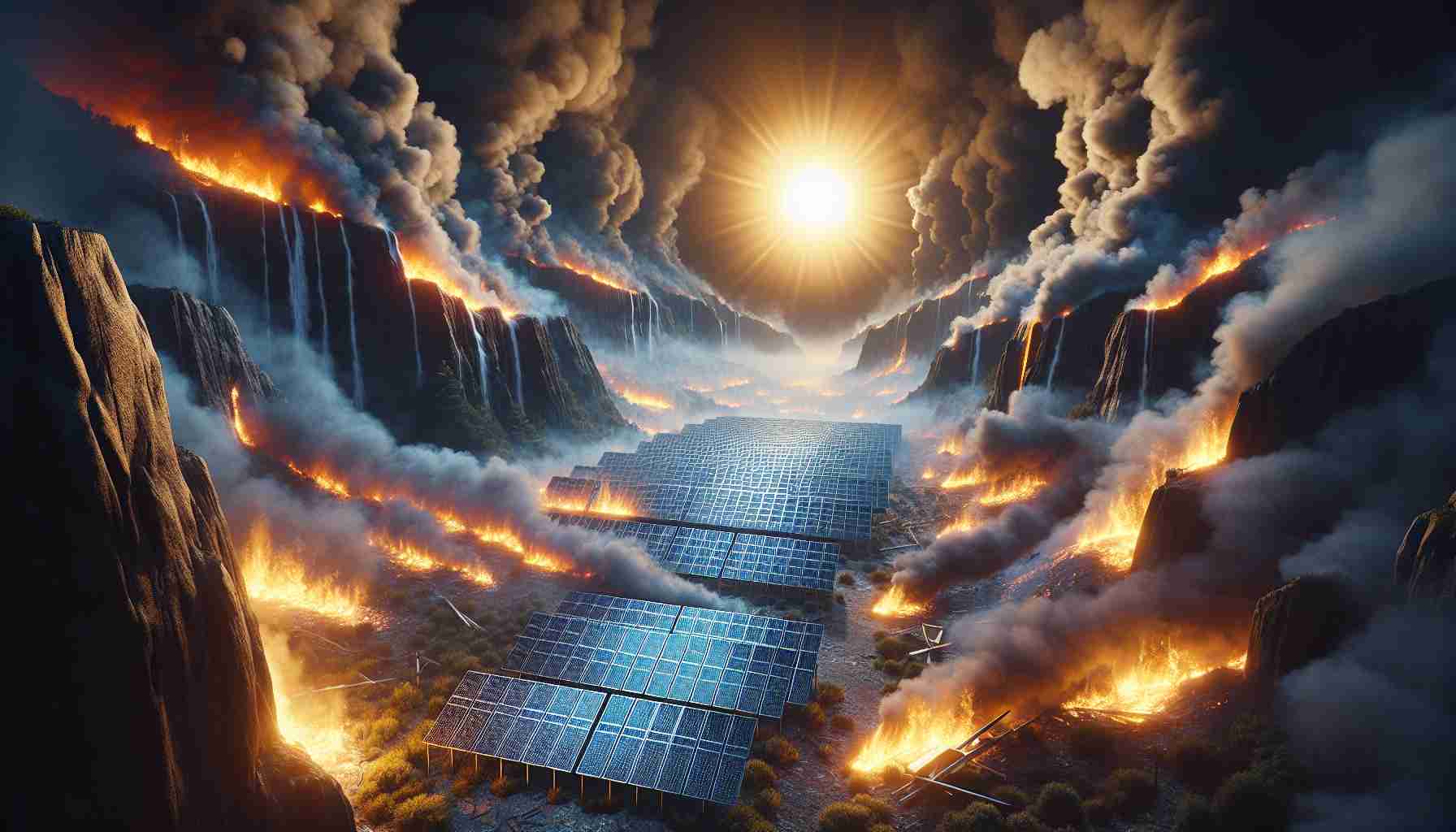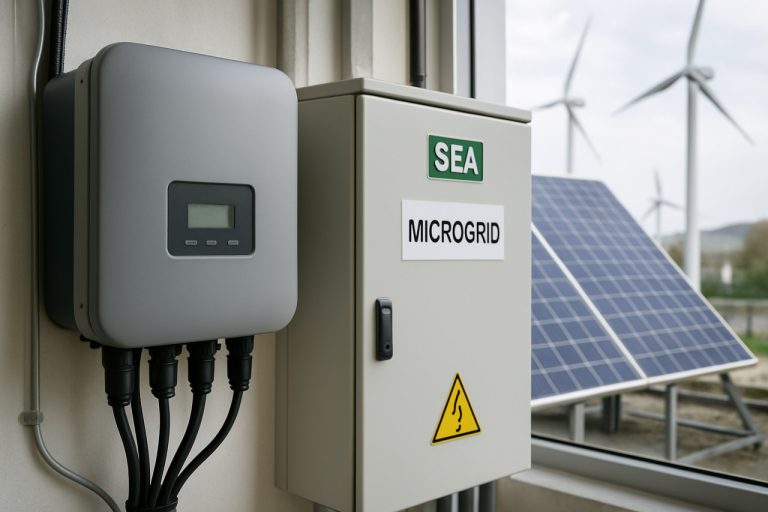
The smoke from wildfires frequently crossing the U.S. West has been found to only slightly impact solar panel efficiency. A recent report published in Nature Communications revealed that while there are noticeable effects near active fire zones, the overall solar energy production across the nation remains stable.
Researchers focused on the irradiance reaching solar panels, which consists of both direct sunlight and light scattered by the atmosphere. The study noted that although smoke from fires in California, Colorado, and Oregon in 2020 affected solar output temporarily, the long-term implications were much less severe. In fire-affected regions, photovoltaic systems witnessed reductions of 11-17 percent in output, but these numbers rapidly diminished with distance from the flames.
According to the study, while local smoke can significantly obstruct sunlight, its effects become minimal far from the fire’s vicinity. Data showed that nationally, even during intense smoke-filled seasons, the impact on solar energy resources remained under 5 percent for distances greater than a few miles from the fires.
The findings indicate that as the U.S. seeks to expand its solar energy infrastructure, understanding these smoke effects becomes crucial. To counter short-term production dips during wildfire seasons, experts recommend integrating battery storage solutions, allowing for a more resilient power supply that minimizes reliance on fossil fuels.
The Unexpected Resilience of Solar Energy: How Wildfire Smoke Affects Efficiency
Understanding the Impact of Wildfire Smoke on Solar Energy Production
Wildfires have become an increasingly frequent phenomenon in the Western United States, raising concerns about their potential impact on solar energy production. A recent study published in Nature Communications has shed light on this issue, revealing that while localized smoke can affect solar panel efficiency, the overall impact on national solar energy production remains surprisingly minimal.
Key Insights from Recent Research
Researchers investigated how wildfires, particularly those in California, Colorado, and Oregon during 2020, influenced the amount of sunlight reaching solar panels. Their focus was on irradiance, which comprises direct sunlight and light that has been scattered by atmospheric conditions.
– Localized Effects: The study found that in regions close to the wildfires, solar energy output experienced reductions ranging from 11% to 17% due to smoke interference. However, these impacts were predominantly short-term.
– Distance Matters: The research highlighted that as the distance from the fire increased, the effect on solar energy production significantly decreased. Nationally, the influence of smoke on solar resources stayed under 5% even during intense wildfire seasons when measured several miles away from the fire sources.
Pros and Cons of Solar Energy in Wildfire-Prone Areas
Pros:
– Minimal Impact: For most parts of the country, the influence of wildfire smoke on solar energy production is slight, making solar a resilient energy source even during smoke-filled conditions.
– Energy Independence: With the integration of solar panels, regions can reduce dependence on fossil fuels, contributing to a more resilient and sustainable energy sector.
Cons:
– Temporary Production Dips: Areas close to wildfires may face significant short-term reductions in solar output, necessitating immediate solutions.
– Need for Improved Storage Solutions: To address these dips, investments in battery storage systems become essential.
Innovations and Recommendations
To bolster solar energy resilience during wildfire seasons, experts recommend the following strategies:
– Battery Storage Solutions: Adopting energy storage systems can help mitigate the fluctuations in solar production, allowing communities to maintain a steady power supply during peaks in demand and when immediate solar output is compromised.
– Improved Monitoring Systems: Developing advanced monitoring technologies can help identify potential production dips in real-time, enabling preemptive measures to be taken to safeguard energy supply.
Future Trends and Predictions
As the U.S. continues to expand its solar infrastructure, understanding smoke impacts and investing in supportive technologies like battery storage will be crucial. It is anticipated that:
– The frequency of wildfires will remain a pressing issue, making proactive solutions necessary to protect energy production systems.
– Continued research and advancements in solar technology will lead to better efficiency and resilience against unforeseen environmental challenges, such as wildfire smoke.
Conclusion
The findings from recent research underline the resilience of solar energy in the face of wildfire smoke impacts. Despite the potential for localized production dips, the overall efficiency of solar panels across the nation remains robust. As the demand for clean energy grows, integrating innovative solutions will enhance the reliability of solar infrastructure and contribute to a sustainable energy future.
For more information on solar energy advancements, check out SEIA.



